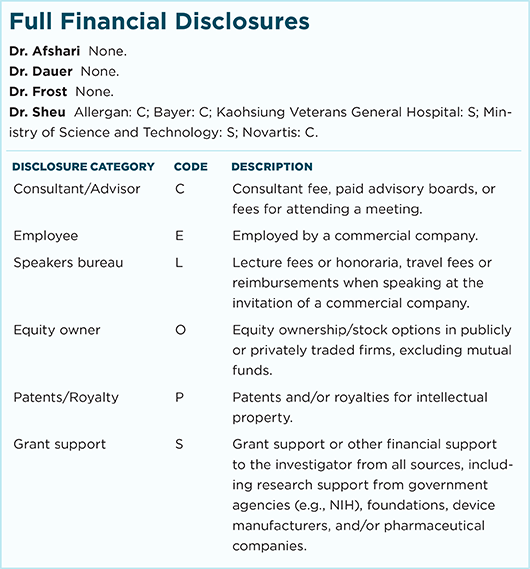Download PDF
The retinal arteriolar central reflex (CR) may provide information about microvascular health in the retina and the brain. And according to researchers in Australia, it adds to previous findings on retinal biomarkers for Alzheimer disease (AD).1,2
Study details. Digital retinal photographs were collected from 144 individuals in the Australian Imaging, Biomarkers, and Lifestyle Study in Aging. Of these, 22 participants had previously been diagnosed with AD, and 122 did not have dementia.
The researchers used a computer-based technique to quantify CR—the central reflection observed in photographs of retinal vessels—and calculate the CR-to-vessel-width ratio (CRR).
Results. Significantly higher CRR levels were identified in patients with AD than in controls. However, this significance was reduced after the researchers adjusted for the apolipoprotein E (APOE) ε4 allele—one of the main genetic determinants of AD. Allele carriers also had a significantly higher CRR than did non-carriers, indicating that this gene influences AD risk through vascular effects.
Clinical implications. “We set out to update the way CR is measured, moving from a qualitative assessment typically employed by clinicians to a fully automated approach,” said lead researcher Shaun Frost, PhD, a biomedical scientist at the Commonwealth Scientific and Industrial Research Organization in Perth, Western Australia.
“Using this new approach, we found further evidence that retinal changes might be utilized for early detection of AD and that the retina may also be useful as a novel model for noninvasive monitoring of the effects of APOE ε4 on the central nervous system, particularly in cerebrovascular disease.”
—Mike Mott
___________________________
1 Frost S et al. Curr Alzheimer Res. 2017;13(11):1259-1266.
2 Frost S et al. J Alzheimers Dis. 2010;22(1):1-16.
___________________________
Relevant financial disclosures—Dr. Frost: None.
For full disclosures and disclosure key, see below.

More from this month’s News in Review